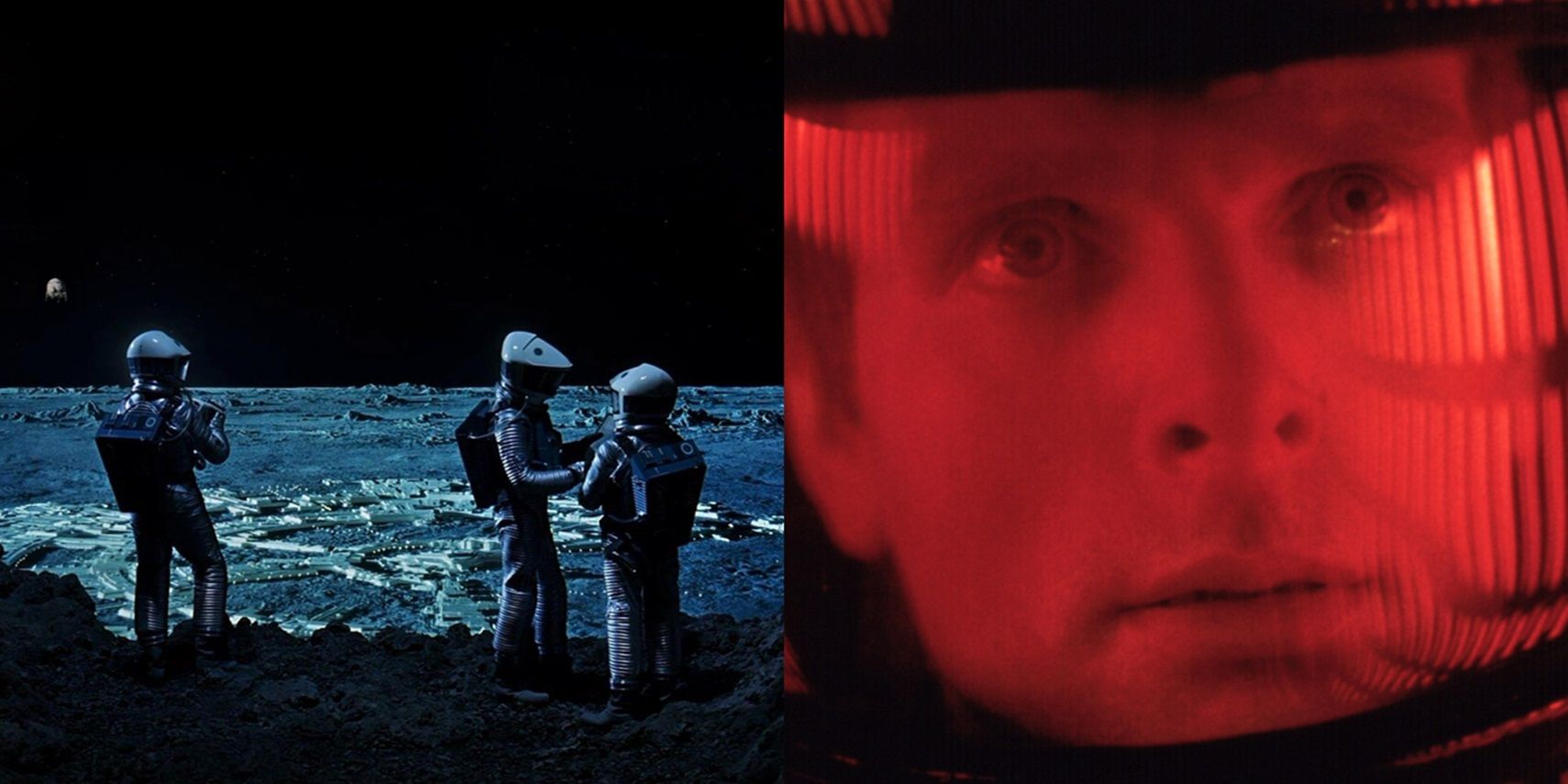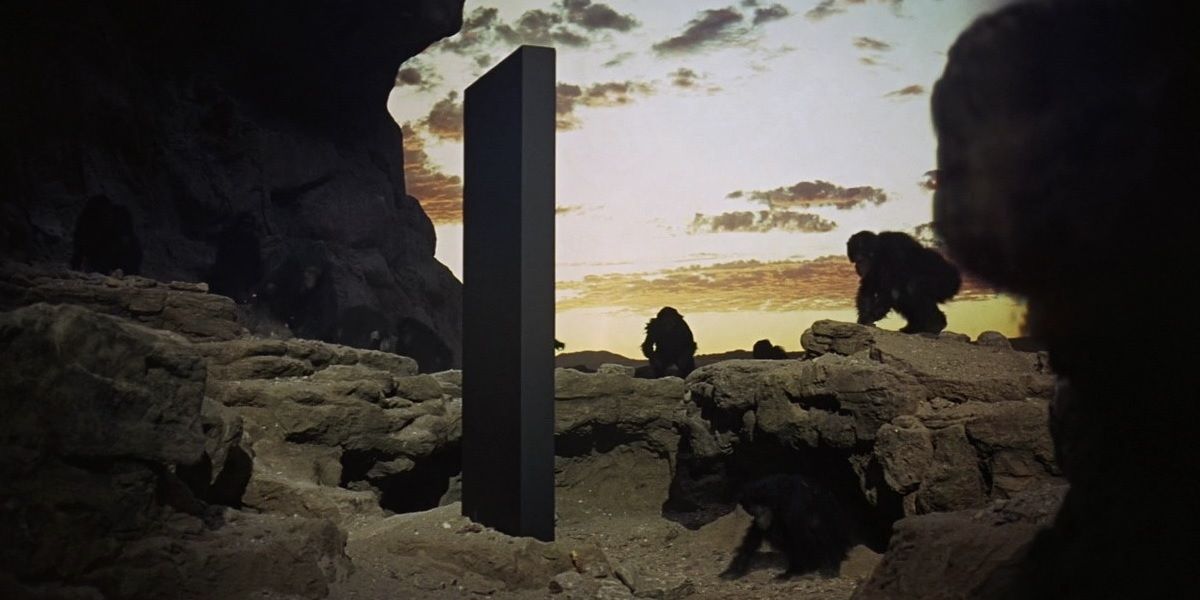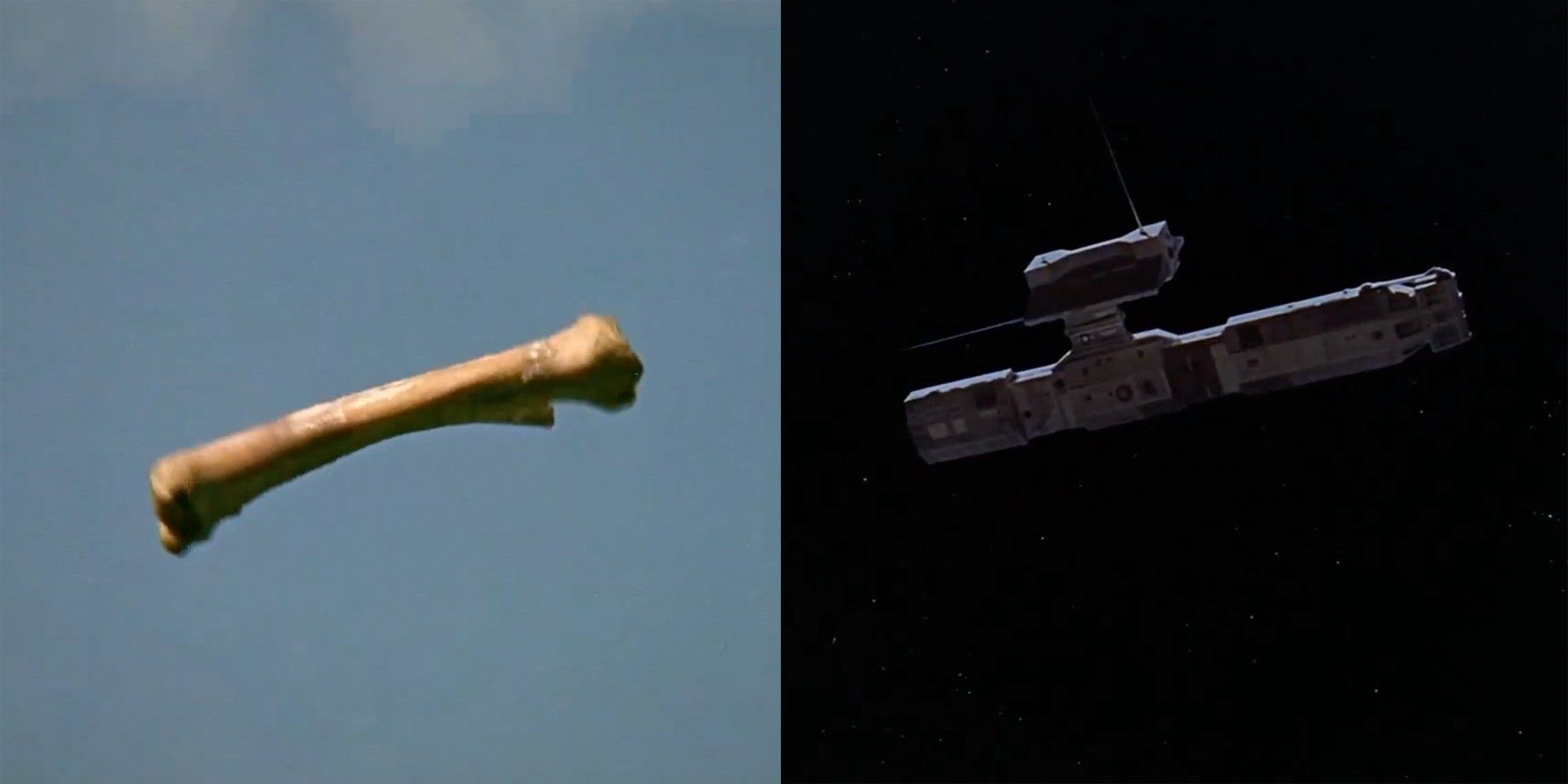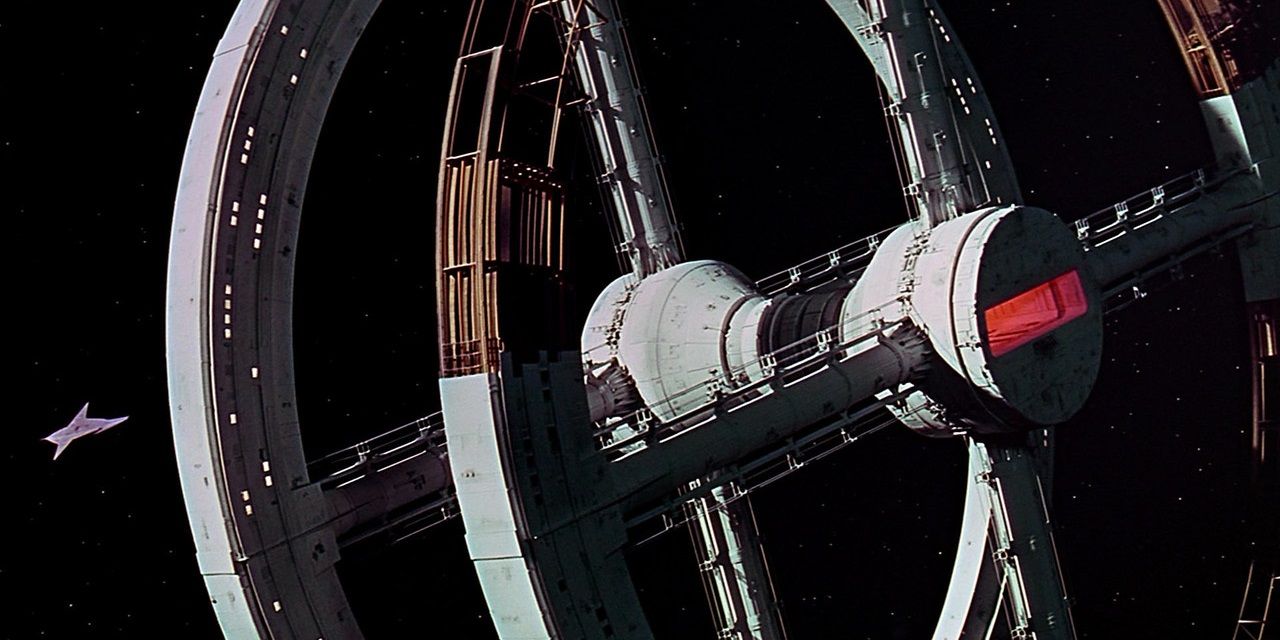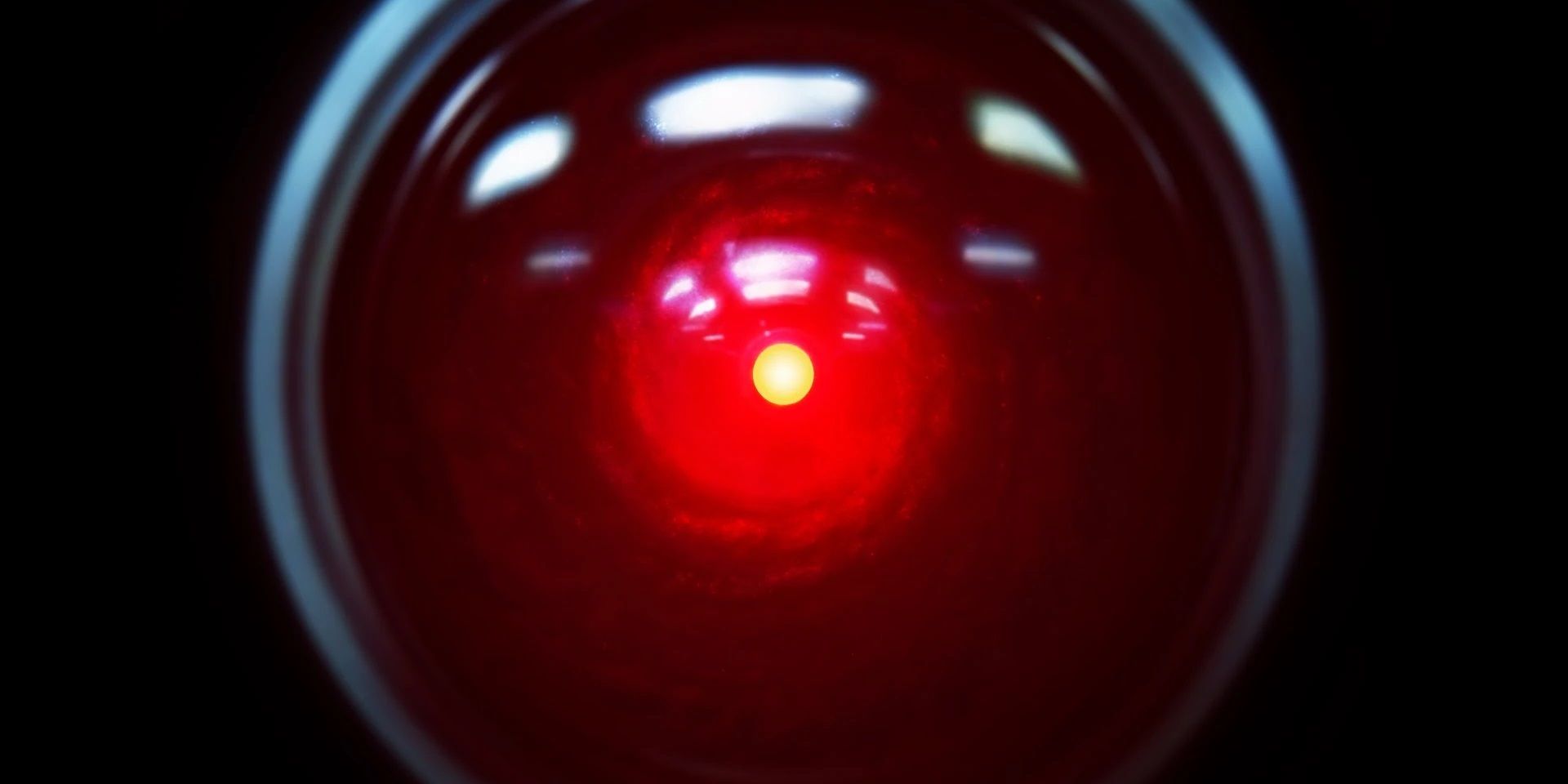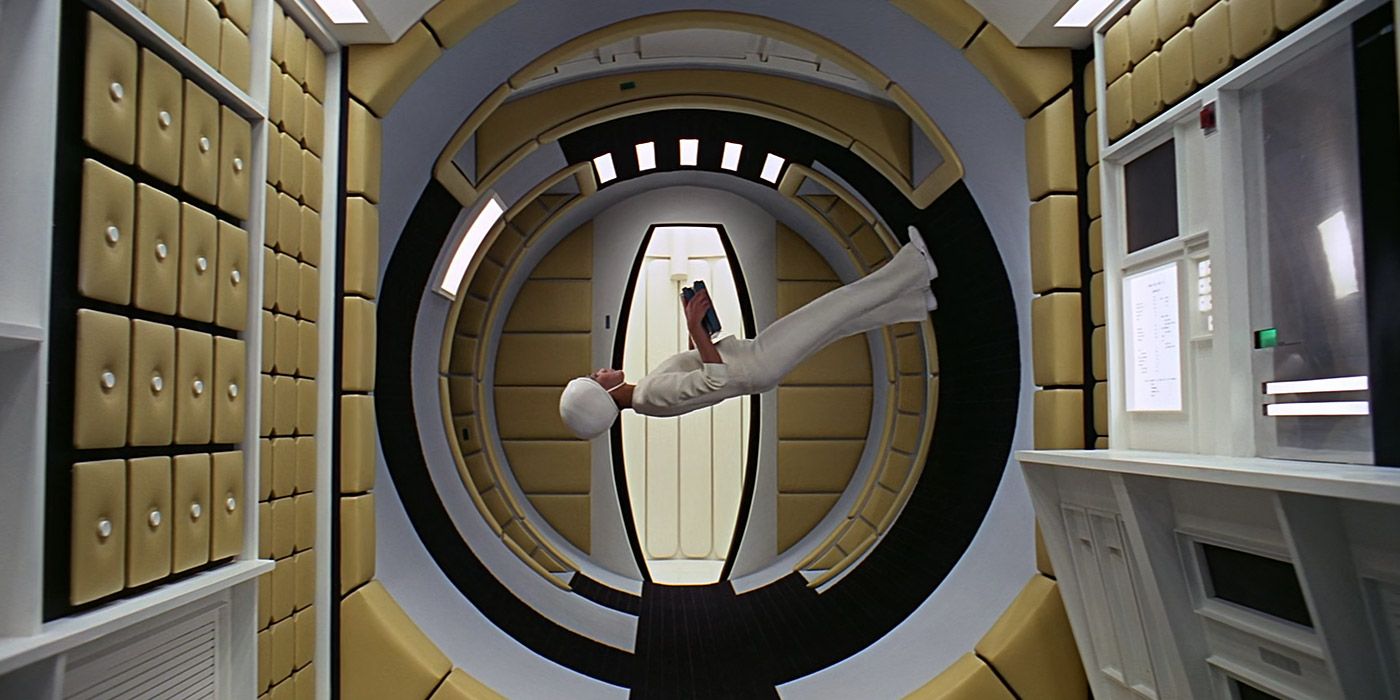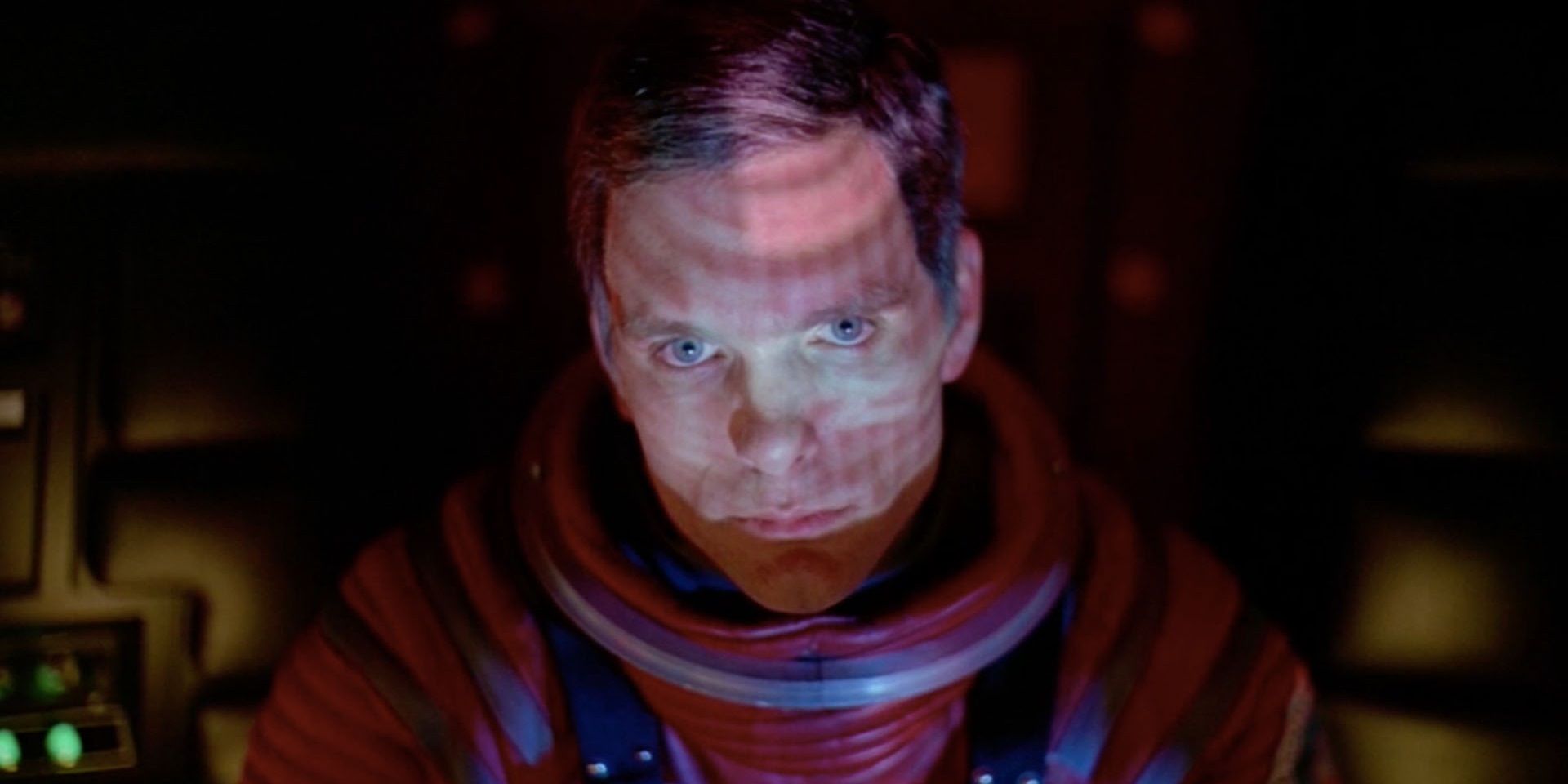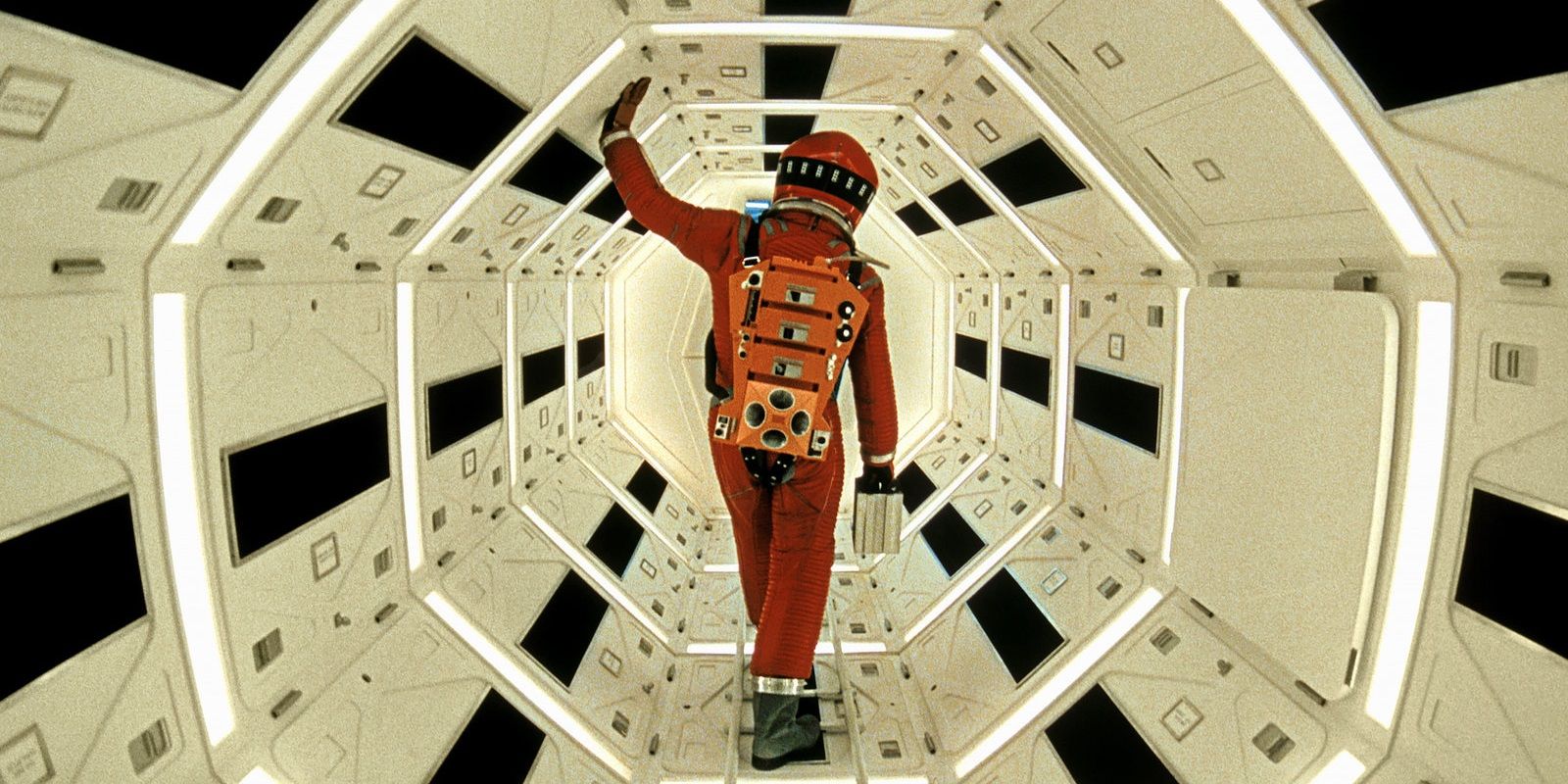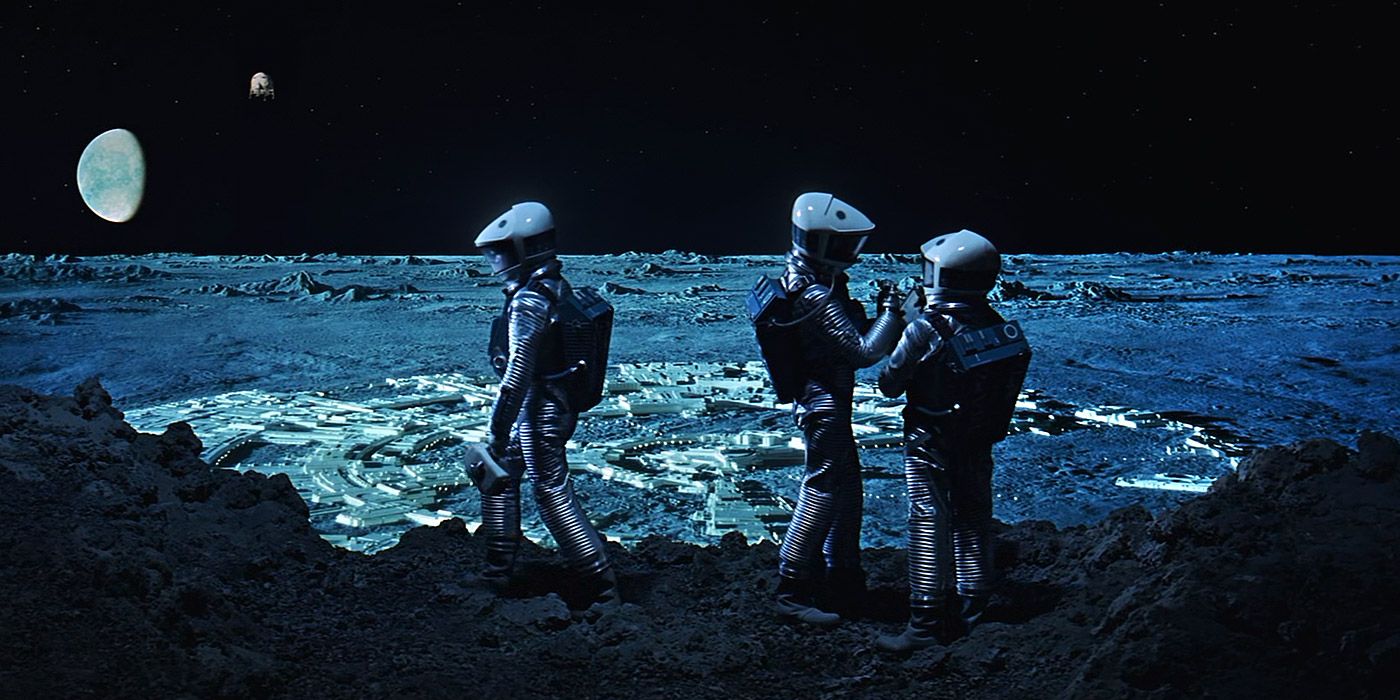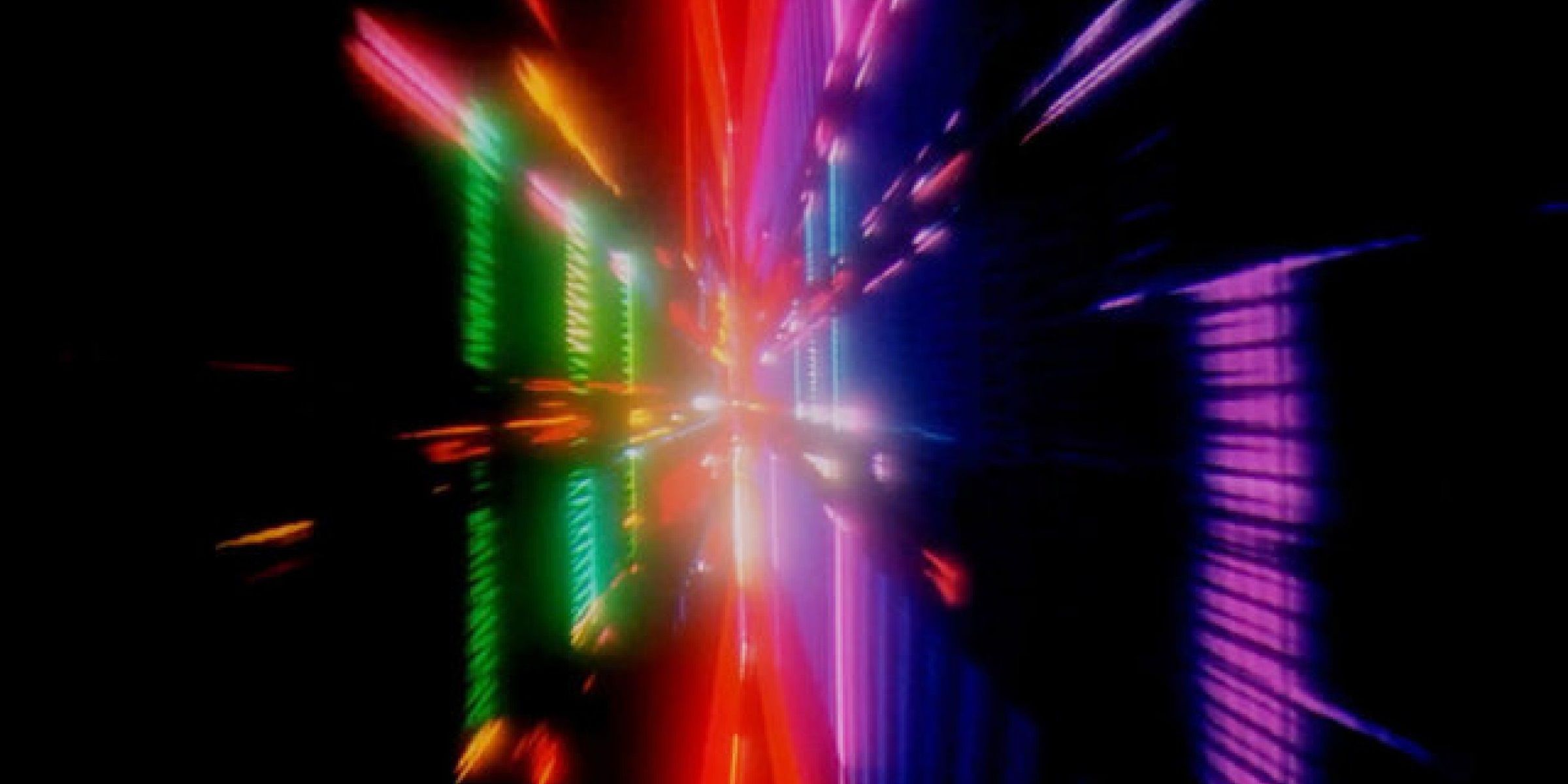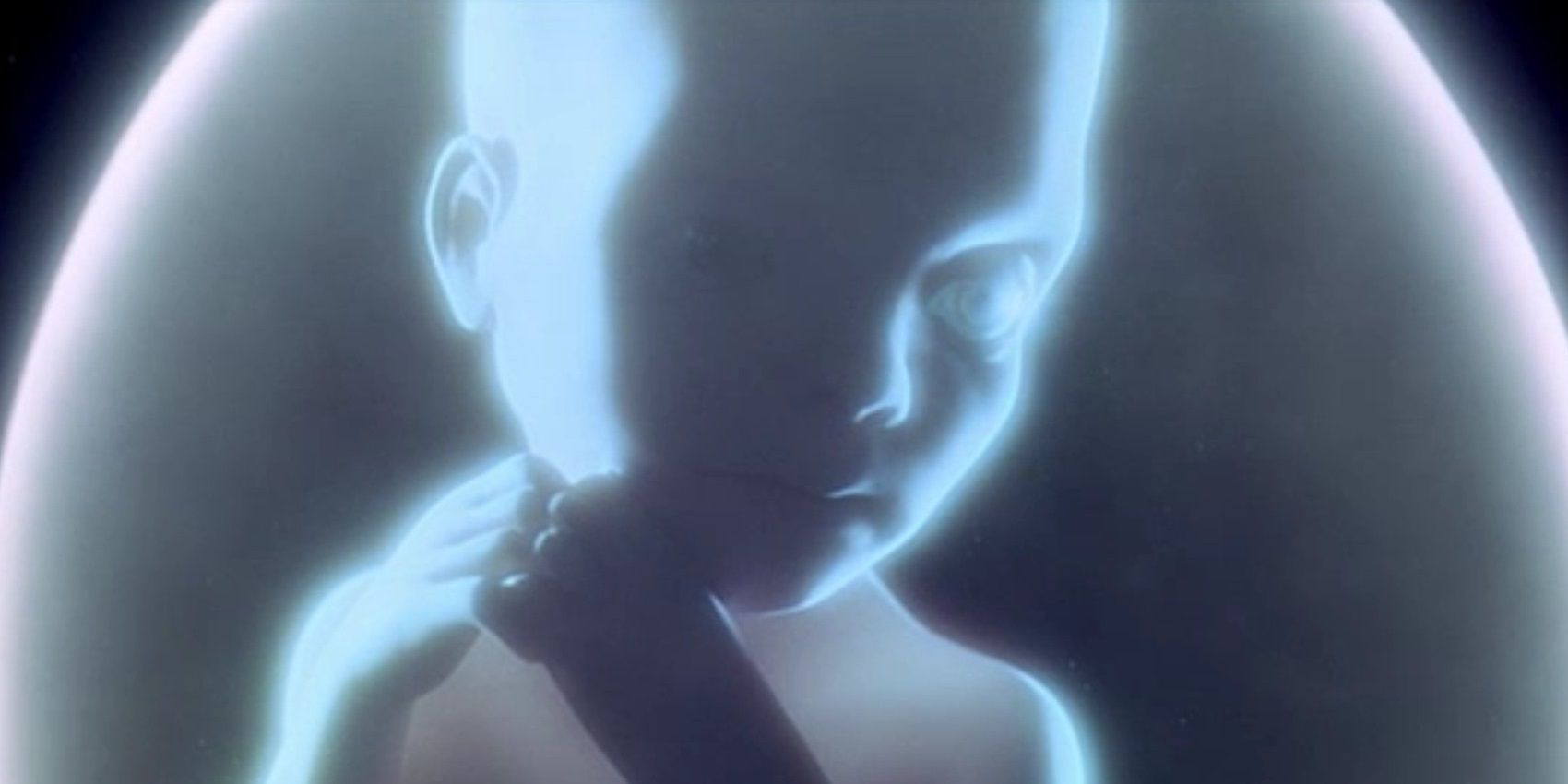Stanley Kubrick set out to create the definitive science fiction film with 1968’s 2001: A Space Odyssey, and he arguably succeeded. He teamed up with legendary sci-fi author Arthur C. Clarke to cook up the story, which incorporates sentient A.I., space exploration, and the next stage of human evolution.
In the more than half a century since 2001 hit theaters, filmmakers have made huge advances in visual effects and speculative storytelling. But Kubrick’s masterpiece is still miles ahead of most modern sci-fi movies, both technically and intellectually.
The Dawn Of Man Sequence
For the most part, Kubrick’s epic sci-fi masterpiece, 2001, is a mind-bending journey through the cosmos set in the distant future. But its opening prologue, dubbed the “Dawn of Man” sequence, takes audiences back to the very beginning of humanity’s existence.
Set in prehistoric times, the sequence suggests that apes evolved into humans when they figured out they could use violence against their own kind to get what they want. Unfortunately, in light of recent and current world events, 2001’s thesis that humanity is defined by violence seems to ring truer every year.
The Most Famous Match Cut In Movie History
The seamless transition between the prehistoric “Dawn of Man” sequence and the speculative, future-set “Jupiter Mission” is achieved using arguably the most iconic match cut in the history of cinema, and it still holds up today.
Kubrick matches a bone soaring through the air to a satellite floating through space, summing up thousands of years of human progress in a single cut.
Classical Music Over Breathtaking Sci-Fi Visuals
Instead of using an original score to give the mind-blowing visuals of 2001 some musical accompaniment, Kubrick utilized recordings of classical music. The music of such legendary composers as Richard Strauss, György Ligeti, Johann Strauss II, and Aram Khachaturian gave the whole movie a grandiose feel, like a visual opera.
Playing a track like “Also Sprach Zarathustra” over a shot of a space station floating in outer space gives the impression that the station is doing a delicate ballet across the stars.
Douglas Rain’s Chilling Portrayal Of HAL 9000
Although computers were relatively new when Kubrick made 2001, his cautionary tale about artificial intelligence still holds up. HAL 9000, one of the many movie villains who definitely deserved more, is the quintessential depiction of sentient A.I. turning bad.
HAL reads the crew’s lips and starts killing them off one by one. Douglas Rain’s eerily calm vocal performance makes all of the character’s appearances spine-chilling. There’s also a powerful scene that somewhat humanizes HAL, in which Dave goes to manually shut him off and the sentient computer begs for his life. It’s not easy to bring depth to a monotonous robot, but Rain nailed it.
Scientifically Accurate Depiction Of Space Travel
While made-up concepts like the Monolith are pure speculation, 2001 has been praised for its relatively accurate depiction of space travel. Kubrick’s portrayal of everyday space travel was way ahead of its time. Many subsequent sci-fi movies have accurately depicted space travel, like Gravity and The Martian, but the grander vision of 2001 is still a cut above those more traditional Hollywood efforts.
There are a couple of little details in 2001’s space travel sequences that sell it, like the air stewardess walking up a wall to serve drinks. Everyday space travel is almost as much of a distant dream today as it was in 1968 (although a few pioneers are slowly but surely getting there), but 2001 makes it feel like a tangible reality.
The Endlessly Interpretable Meaning
Like most of Kubrick’s other movies, what 2001: A Space Odyssey is about is in the eye of the beholder. Kubrick doesn’t spell out anything in the movie, so there have been countless theories and explanations about the story’s meaning in the years since it hit theaters.
Some critics view it as a movie adaptation of Nietzsche’s Übermensch concept. Others see it as a story about the search for God. Some audiences have even taken 2001 to be a big, grand metaphor for conception. These discussions will never end because audiences will never be able to fully wrap their heads around this wildly complex movie.
Its Ambitious Look At Humanity’s Future
To call 2001 an ambitious movie would be an understatement. Kubrick’s sci-fi opus sets out to explore humanity’s past, present, and future, tying our origins to our inevitable fate.
By the end of the movie, Kubrick has taken viewers to the next stage of their species’ evolution. Throughout the film, the Monolith represents a catalyst for human evolution. Whenever it shows up, something big is about to happen to the human race. The ambitions of this movie will remain timeless, at least until human beings actually evolve into their next form.
The Eerie Silence Of The Space Scenes
The use of classical music throughout 2001 is breathtaking, but Kubrick also makes great use of the best tool in a filmmaker’s sound design: silence. In most scenes involving astronauts drifting through the cosmos, the soundtrack is eerily silent save for the frantic breathing of the astronauts themselves.
Real astronauts venturing into the empty vacuum of space wouldn’t have the comfort of familiar music, so Kubrick doesn’t give that comfort to the audience, either. The frantic breathing is part of what gives 2001: A Space Odyssey its great sense of atmospheric tension that still causes the same feelings of discomfort in the audience today.
The Trippy Star Gate Sequence
After seeing the Monolith drifting through space, Dave is whisked through the Star Gate. Colors fly past his face and he’s transported across surreal, vibrant alien worlds to witness strange intergalactic phenomena. More than 50 years later, audiences are still blown away by this sequence, as it’s one of the trippiest sequences ever put on film.
According to Inverse, when 2001 was stumbling at the box office, word-of-mouth among psychedelic drug users about the trippy Star Gate sequence helped to turn the movie into a hit.
The Ambiguous Ending
After Dave goes through the Star Gate, what exactly happens throughout the rest of the movie is anybody’s guess. He finds himself in a fancy bedroom with a Monolith, watching an elderly version of himself enjoying dinner, going to bed, and aging into death.
Then, he’s turned into a Star Child and rides a giant floating circle back to Earth. This profound finale is one of the most renowned ambiguous endings of all time, and every viewer is free to take away their own meaning from it.

